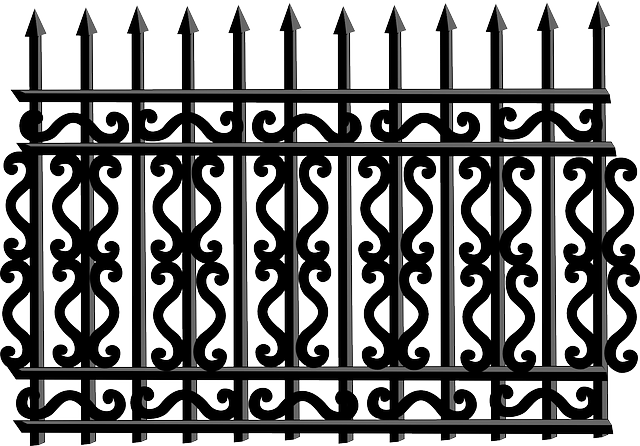Maintaining a privacy fence is an essential aspect of home ownership, especially in New Bedford where the unique climate presents specific challenges. This guide offers valuable insights into keeping your fence robust and aesthetically pleasing. By understanding how the local weather patterns affect your fence, conducting regular inspections, adopting effective cleaning methods, and implementing timely repainting, you can extend its lifespan. Additionally, learning proper structural maintenance techniques will ensure your privacy fence remains a sturdy and secure barrier for years to come.
- Understanding New Bedford's Climate Impact on Fences
- Regular Inspection: Spotting Issues Early On
- Cleaning Techniques for Optimal Fence Appearance
- Repainting: When and How to Refresh Your Fence
- Structural Maintenance: Reinforcing Fence Integrity
Understanding New Bedford's Climate Impact on Fences
New Bedford’s climate can significantly impact the longevity and overall health of your privacy fence. The region experiences a humid subtropical climate with hot, moist summers and cold winters, making it susceptible to various weather-related challenges. Extreme temperatures, heavy rainfall, and strong winds are common throughout the year and can take a toll on outdoor structures like fences. Homeowners should be prepared for seasonal changes that may require specific maintenance practices.
For instance, during the summer months, intense sunlight and high humidity can lead to wood rot and fading colors in fence materials. Winter’s cold temperatures and occasional snowfall can cause material warping or breakage, especially if the fence isn’t properly treated or maintained. Understanding these climate-related factors is key to ensuring your privacy fence remains robust and secure for years to come.
Regular Inspection: Spotting Issues Early On
Regular inspections are key to maintaining the integrity and longevity of your privacy fence. Take a walk around your property at least once a month, examining the fence for any signs of damage or wear and tear. Look out for loose boards, rot, rust on metal components, or gaps in the fencing material. Identifying these issues early allows you to address them promptly, preventing small problems from escalating into costly repairs.
By keeping an eye on your fence, you can also ensure it remains effective at providing privacy. Over time, trees and shrubs might grow too close, casting shadows or even damaging the fence structure. Regular inspections help you trim back vegetation and maintain the desired level of seclusion your fence offers.
Cleaning Techniques for Optimal Fence Appearance
Keeping your privacy fence looking its best involves regular cleaning and maintenance. Start by sweeping or brushing away any loose debris, dirt, or leaves that have accumulated on the fence over time. This initial step ensures a cleaner canvas for the subsequent cleaning techniques.
Use a soft-bristled brush or a pressure washer to gently remove stubborn stains, algae, or mold. For wooden fences, opt for a mild detergent and warm water solution, then rinse thoroughly with clean water. Metal fences can be cleaned with a specialized cleaner designed to cut through grease, dirt, and rust. Regular cleaning not only improves the aesthetic appeal but also helps protect the fence from damage caused by mildew, fungi, or corrosion.
Repainting: When and How to Refresh Your Fence
Over time, a privacy fence can start to look faded or chipped, especially if it’s exposed to varying weather conditions. Repainting your fence is an excellent way to restore its original appearance and protect it from further damage. The ideal time to repaint is during the spring or fall when temperatures are moderate, and the fence won’t be excessively hot or cold.
Before painting, ensure your fence is clean, free of debris, and well-sanded if there are any rough spots. You’ll want to use a high-quality exterior paint designed for fences, which will withstand sunlight, rain, and various environmental factors. A fresh coat of paint not only enhances the aesthetics but also serves as a barrier against moisture and UV rays, extending the life of your fence.
Structural Maintenance: Reinforcing Fence Integrity
Regular structural maintenance is key to ensuring your privacy fence remains a robust barrier and an asset to your New Bedford home. Over time, natural elements like wind, rain, and sunlight can weaken wooden fences, causing warping or rot. Check for any signs of damage, including cracked posts, uneven rails, or loose boards, at least once a month during the warmer months when wood expands more rapidly.
Addressing these issues promptly with simple repairs, such as securing loose components or replacing worn-out parts, will help maintain your fence’s structural integrity and extend its lifespan. Consider using weather-resistant treatments on wooden posts and rails to protect them from moisture absorption, which can accelerate rot and compromise the fence’s overall stability.
